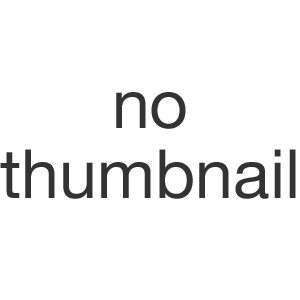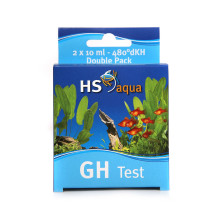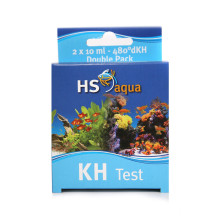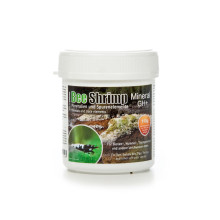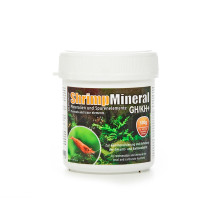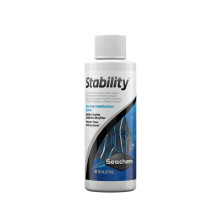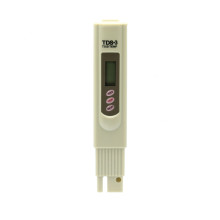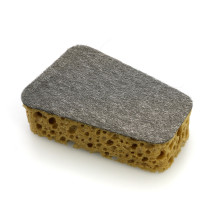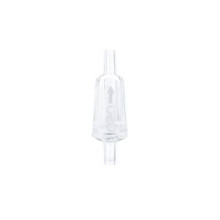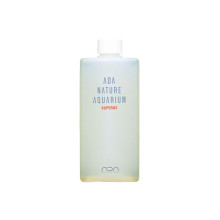HS Aqua GH test
The GH value is an expression of the total hardness of the water and is formed by the salts of Magnesium (Mg) and Calcium (Ca) dissolved in the water. These minerals occur in rock but are dissolved by water. Hard water is found in many places within Europe, that is, water with many dissolved Ca and Mg salts. But there are also areas in Europe with relatively soft water. Also in the tropical areas where aquarium fish often come from, we find areas with hard water (Malawi and Lake Tanganyika) and areas with soft water (South America).
Calcium and Magnesium are very important from a biological point of view. Firstly, because both substances stabilize water values and secondly, because they are important nutritional minerals for plants and animals. Because the fish are adapted to high or low GH values, depending on their origin, the water in the aquarium must be adapted to their needs. Hardness is very important, especially for the breeding of some fish.
The most common unit to represent hardness is the German Hardness. 1 ºdGH corresponds to 10 mg calcium oxide dissolved in 1 l water.
Due to consumption by plants and animals, the Calcium and Magnesium content in the water is decreasing. Calcium and magnesium salts are also consumed by binding to phosphates and silicates. On the other hand, various decorative stones or filter materials increase the GH value. Stones that increase the GH value are, for example, Carrara stones, marble or tuff. Topping up the evaporated water with hard tap water also increases the GH value because dissolved salts do not evaporate but remain in the water.
Adjusting the GH value
It is easier to increase the GH value than to decrease it. HS aqua GH-Plus contains magnesium and calcium salts and can easily be added to the water until the desired GH value is reached. Calcium-containing decoration and filter materials can also increase the hardness. These types of materials include Carrara pebbles and crushed marble. Reducing a hardness that is too high is more difficult. This can be done, among other things, by mixing the hard aquarium water with softer water. Softer water is available from Reverse Osmosis devices or with the help of cation and anion exchangers.
| Aquarium type | GH value | Typical fish |
| Community aquarium | 6-10 | |
| South America aquarium | 1-3 | Discus, Tetras, dwarf cichlids, various catfish |
| Asia aquarium | 3-6 | Barbels, loaches, labyrinth fish |
| West Africa aquarium | 3-6 | Congo salmon, West African cichlids |
| Malawi lake aquarium | 8-14 | Malawi cichlids |
| Tanganyika Lake aquarium | 12-16 | Tanganyika cichlids, Tanganyika catfish |
| Central America aquarium | 10-22 | Guppies, swordtails, Central American cichlids |
Data sheet
- Product type:
- Water quality
Water test - Productname:
- pH-test
- Manufacturer:
- HS Aqua
- Content:
- 2x 10ml (ca. 140 test)
-
Frequently purchased together

